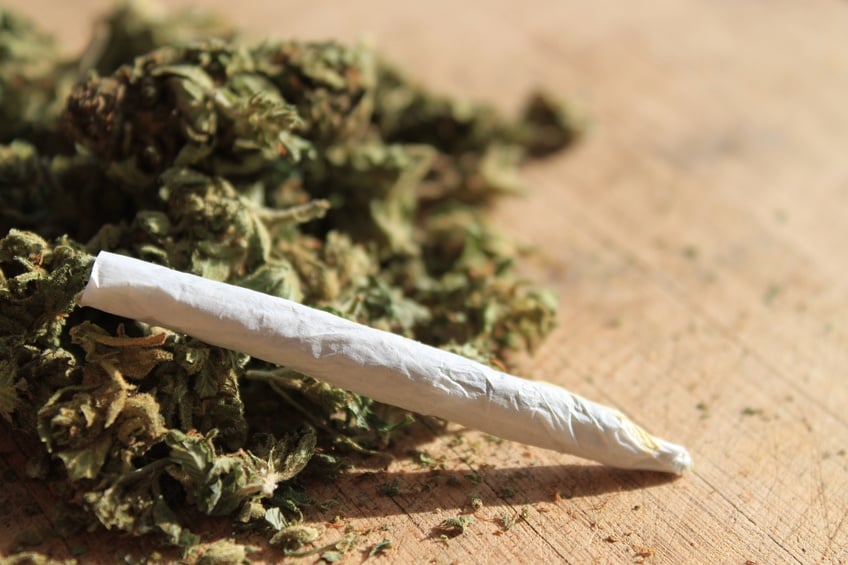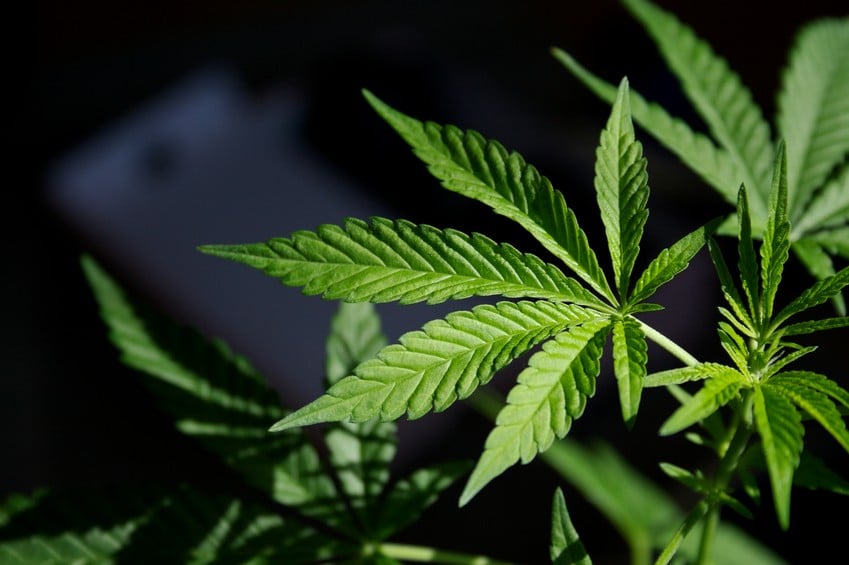
A worker at a marijuana greenhouse | Uriel Sinai/Getty Images
In mid-2016, the Drug Enforcement Agency (DEA) quietly announced it would be issuing an updated classification for
marijuana under the Controlled Substances Act. Under the law, drugs
like cannabis, methamphetamine, cocaine, and other substances are
organized by how addictive they are, and how likely they are to be
abused.Many people wondered whether the DEA would reclassify marijuana as a Schedule II drug, thus loosening some of the restrictions that are currently placed on pot. However, the agency announced in mid-August that the drug would remain a Schedule I substance, effectively stating it has no acceptable use, medicinally or otherwise.
Still, the debate about cannabis’s classification rose to the forefront. It’s unlikely the federal government will move to reclassify marijuana anytime soon, but that hasn’t stopped several states from legalizing it anyway. In addition, public opinion is increasingly in favor of allowing cannabis use for medicinal and recreational purposes. Former presidential candidate and Vermont Senator Bernie Sanders introduced a bill in November 2015 that would deschedule marijuana altogether, essentially treating marijuana like we do alcohol or cigarettes.
The bill was supported by a former surgeon general, but didn’t pick up enough support to pass the Senate.
Removing marijuana from the Controlled Substances Act isn’t likely to happen anytime soon, but changing its classification could go a long way toward allowing more research and giving cannabis advocates a boost. Here’s a look at the most likely changes, and what they would mean for the pot industry.
Marijuana: A Schedule I substance

A cannabis joint | iStock.com
Under the law, there are five schedules of drugs. Marijuana sits in the most restrictive category, with each one getting more lax through the progression. Schedule II drugs are still considered to have “a high potential for abuse,” but can be prescribed by a doctor. Some of these include cocaine, Vicodin, OxyContin, Adderal, and Ritalin. Moving cannabis to a Schedule II drug would slightly relax the governmental red tape surrounding research, the Brookings Institution points out, but there are still severe restrictions on prescribing the drug.
Schedule III drugs, the lowest classification most experts believe marijuana could be moved to, have a “moderate to low potential for physical and psychological dependence,” according to the DEA. These substances include Tylenol with codeine, ketamine, and testosterone.
What classification should cannabis receive?

Marijuana plant | iStock.com
However, if the hope is to boost the industry and give it more legitimacy, it will need to move to Schedule III for long-term success. The reason lies within the tax code. Right now, the banking industry is extremely hesitant to get involved with cannabis businesses, which means it’s still basically an all-cash operation. Banks could feel more comfortable with a Schedule II designation, but further loosening of federal laws at Schedule III would make that even more likely.
Right now, people in the marijuana industry are restricted from writing off any business-related expenses on their taxes. As a result, they don’t get the same advantages other small business owners receive in the form of tax breaks. That tax restriction, formally called IRS rule 280(e), applies to Schedule I and II businesses. At a Schedule III level, however, cannabis-related businesses could start receiving those tax breaks, making it easier for them to go into (and stay in) business.
Moving to marijuana to Schedule III is what Colorado regulatory attorney Tom Downey advocates for in a column in the Denver Post. Working at the federal level in that way will also allow states to move forward with additional monitors on recreational and medical marijuana, Downey writes, while also allowing states to continue reaping financial rewards from pot-related taxes.
Other considerations

Marijuana protest | Kenzo Tribouillard/AFP/Getty Images
Some groups, including Smart Approaches to Marijuana, say changing the classification would be nothing more than a “symbolic victory” for advocates who want to legalize the drug. They argue that research is still happening, and little else would change in the industry as a whole.
However, others would say that symbolism is sometimes all that’s needed to move the needle on otherwise controversial subjects.

No comments:
Post a Comment